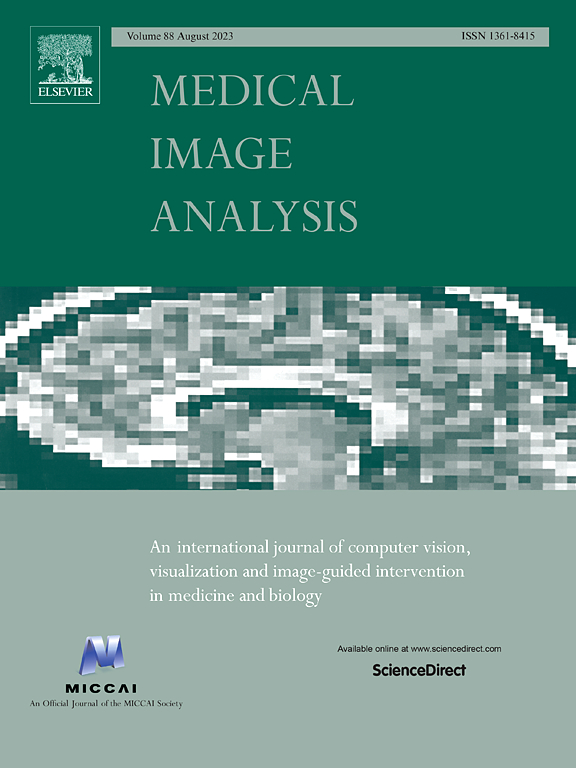Dynamic graph based weakly supervised deep hashing for whole slide image classification and retrieval
IF 10.7
1区 医学
Q1 COMPUTER SCIENCE, ARTIFICIAL INTELLIGENCE
引用次数: 0
Abstract
Recently, a multi-scale representation attention based deep multiple instance learning method has proposed to directly extract patch-level image features from gigapixel whole slide images (WSIs), and achieved promising performance on multiple popular WSI datasets. However, it still has two major limitations: (i) without considering the relations among patches, thereby possibly restricting the model performance; (ii) unable to handle retrieval tasks, which is very important in clinic diagnosis. To overcome these limitations, in this paper, we propose a novel end-to-end MIL-based deep hashing framework, which is composed of a multi-scale representation attention based deep network as the backbone, patch-based dynamic graphs and hashing encoding layers, to simultaneously handle classification and retrieval tasks. Specifically, the multi-scale representation attention based deep network is to directly extract patch-level features from WSIs with mining the significant information at cell-, patch- and bag-level features. Additionally, we design a novel patch-based dynamic graph construction method to learn the relations among patches within each bag. Moreover, the hashing encoding layers are to encode patch- and WSI-level features into binary codes for patch- and WSI-level image retrieval. Extensive experiments on multiple popular datasets demonstrate that the proposed framework outperforms recent state-of-the-art ones on both classification and retrieval tasks. All source codes are available at https://github.com/hcjin0816/DG_WSDH.
求助全文
约1分钟内获得全文
求助全文
来源期刊

Medical image analysis
工程技术-工程:生物医学
CiteScore
22.10
自引率
6.40%
发文量
309
审稿时长
6.6 months
期刊介绍:
Medical Image Analysis serves as a platform for sharing new research findings in the realm of medical and biological image analysis, with a focus on applications of computer vision, virtual reality, and robotics to biomedical imaging challenges. The journal prioritizes the publication of high-quality, original papers contributing to the fundamental science of processing, analyzing, and utilizing medical and biological images. It welcomes approaches utilizing biomedical image datasets across all spatial scales, from molecular/cellular imaging to tissue/organ imaging.
 求助内容:
求助内容: 应助结果提醒方式:
应助结果提醒方式:


